Gallery Network
Waddington’s May Auctions Feature First Nations Highlights and International Gems—Explore the Sales Here
The dual spring sales feature a diverse range of works by leading Canadian artists.
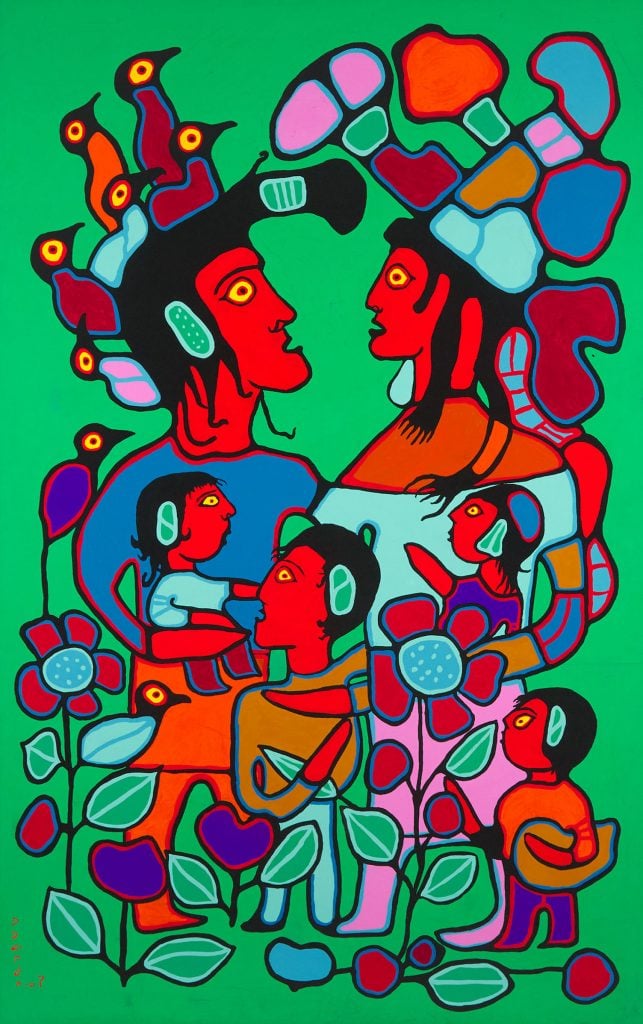
The dual spring sales feature a diverse range of works by leading Canadian artists.

Artnet Gallery Network

Leading Canadian auction house Waddington’s is currently staging dual spring sales that bring together a diverse range of historical and contemporary art. Both live for bidding through May 29, 2024, the auctions include Inuit and First Nations Art as well as Canadian and International Fine Art. Each reflect meticulous vetting and selections from important private collections and estates and showcase a breadth of remarkable works from each category.
Below, we explore some of the standout lots, which you can see along with each sale’s complete offerings with Waddington’s.
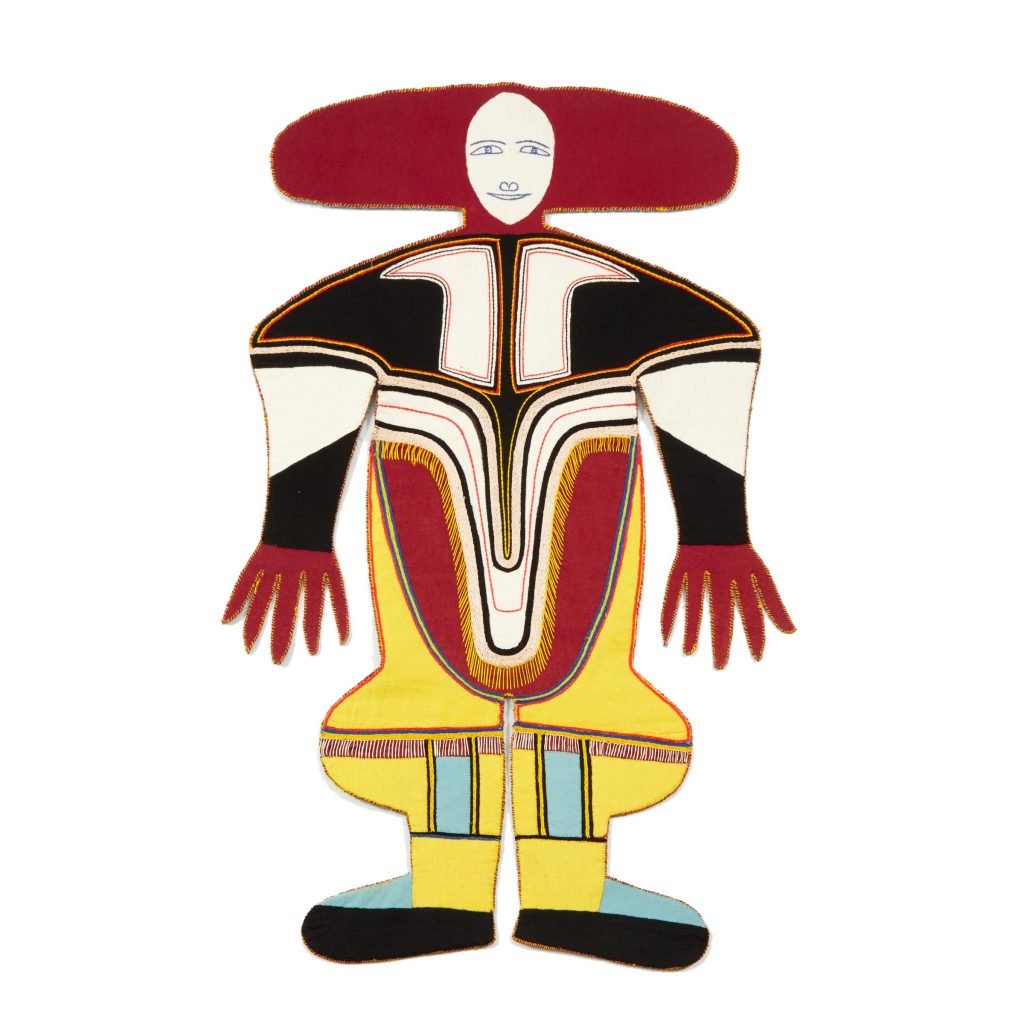
Jessie Oonark, Untitled (Woman) (1972–75). Est. $30,000–$40,000 CAD. Courtesy of Waddington’s.
In the present work, Inuk artist Jessie Oonark (1906–1985) taps the rich possibilities of “nivingajuliat,” or wall hangings, a genre of work she employed along with creating prints and drawings over the course of her career. It reflects a period of experimentation in Oonark’s career, wherein she explored dynamic new nivingajuliat compositions, and specifically figuration, which is rare in her oeuvre. Despite its uniqueness, the abstraction and symmetry for which Oonark is widely recognized is still present, resulting in an intriguing synthesis of old and new.

Aisa Qupirualu Alasua, Mother with Child in Amauti (ca. 1955). Est. $10,000–$15,000 CAD.
With works comprised of stone, ivory, and sinew, Aisa Qupirualu Alasua (1916–2003), also known as Kopeekolik, was recognized as a true master of Puvirnituq (Povungnituk) sculpture. The figure in Mother with Child in Amauti features finely detailed eyes, teeth, and tools, which contrast with the body of the sculpture through the use of the ivory elements. This mixed-media approach was born out of the difficulty of carving the local stone and allowed for greater artistic expression. A contemporary of Charlie Sivuarapik and Samisa Ivilla, Qupirualu rose to prominence for his skill and artistry and became widely known both in his community as well as the region.
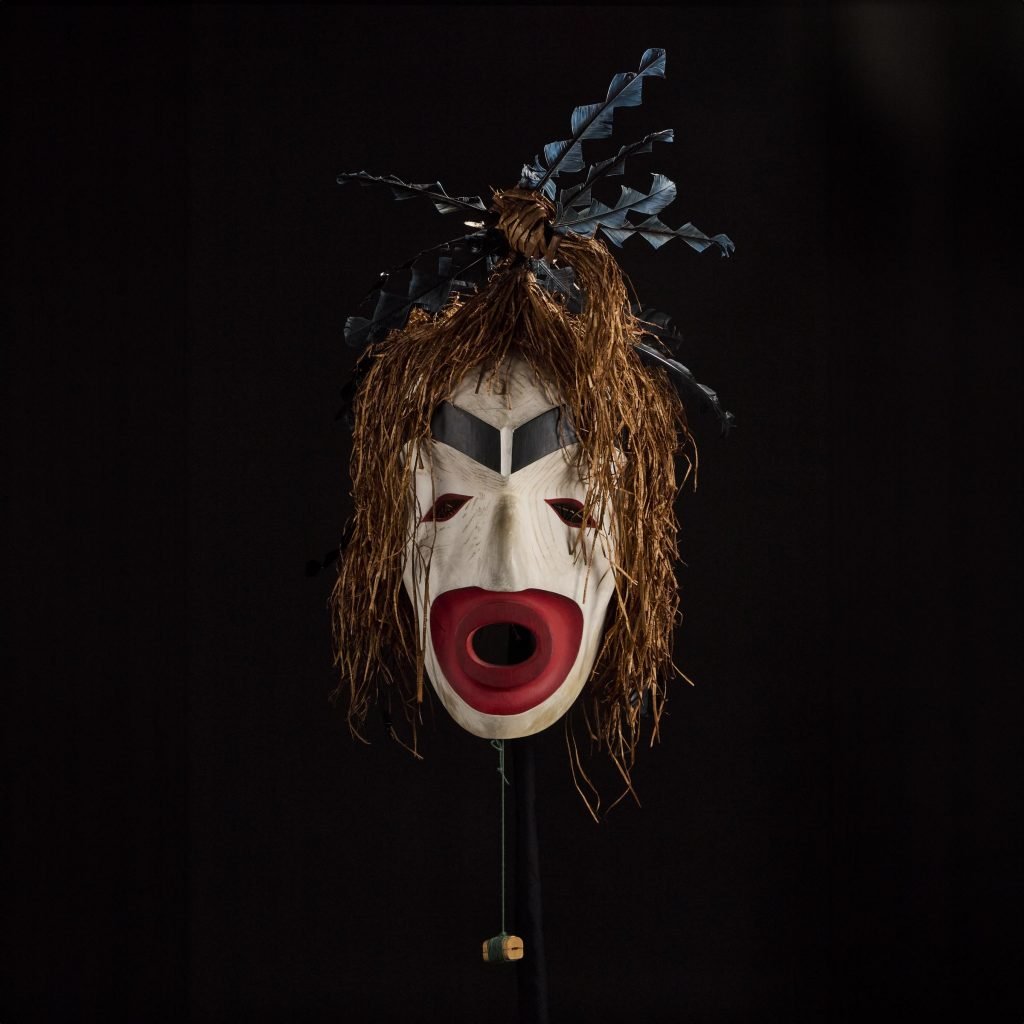
Beau Dick, Pook-mis Mask (Spirit of the Nearly Drowned) (1989). Est. $10,000–$15,000 CAD. Courtesy of Wadington’s.
Beau Dick (1955–2017), also known as Walas Gwa’yam, meaning Big Whale, hailed from the British Columbia community of Yalis (Alert Bay), and is recognized as much as an artist as an activist. His works tapped the visual culture the Northwest Coast and engage with the ceremonial life of his local community. The present lot features the otherworldly visage of the Pookmis spirit, a member of the wild-man or -woman narrative vernacular, who was understood to keep the souls of drowned people and return them home at the time of their memorials.
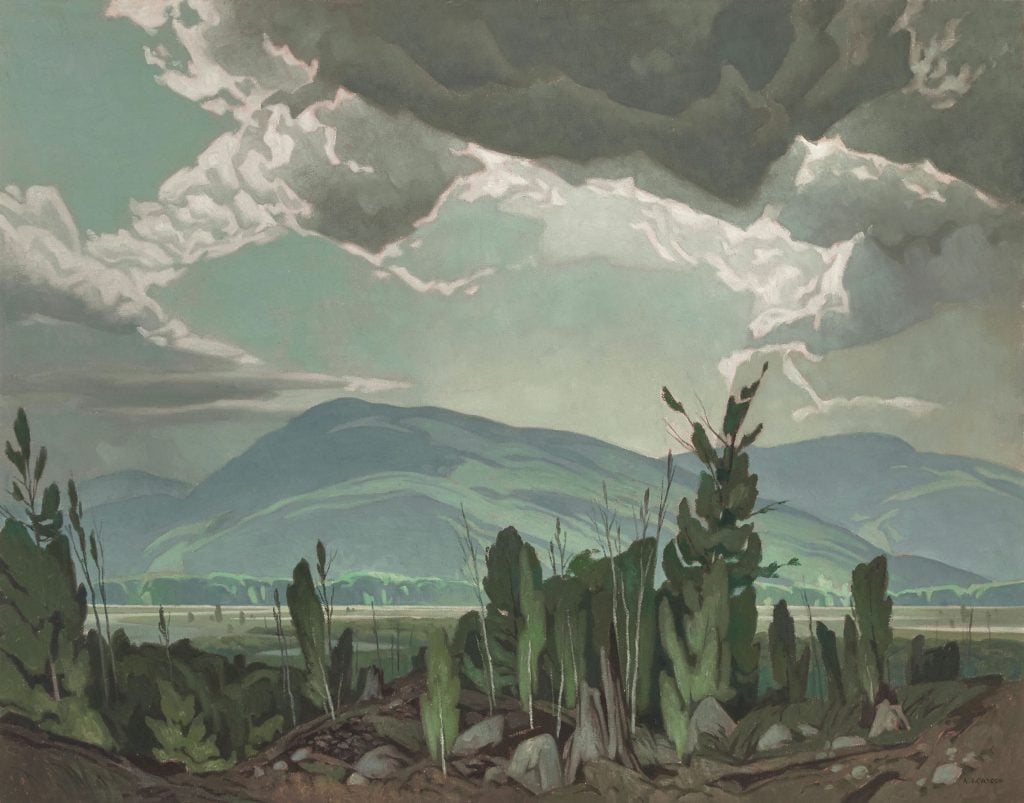
Alfred Joseph (A.J.) Casson, Sun After Rain (1959). Est. $80,000–$120,000 CAD. Courtesy of Waddington’s.
Originally a commercial artist, A.J. Casson (1898–1992) developed a precise style that leveraged the possibilities of line and color. Following his retirement in 1958, he turned his attention to a career as an artist, and employed these same techniques, which in turn led him to become recognized as one of the most important and influential Canadian landscape painters. The present Sun After Rain (1959) was included in in his first solo exhibition at Roberts Gallery, Toronto, in 1959, and exemplifies his meticulous rendering and mastery of color.
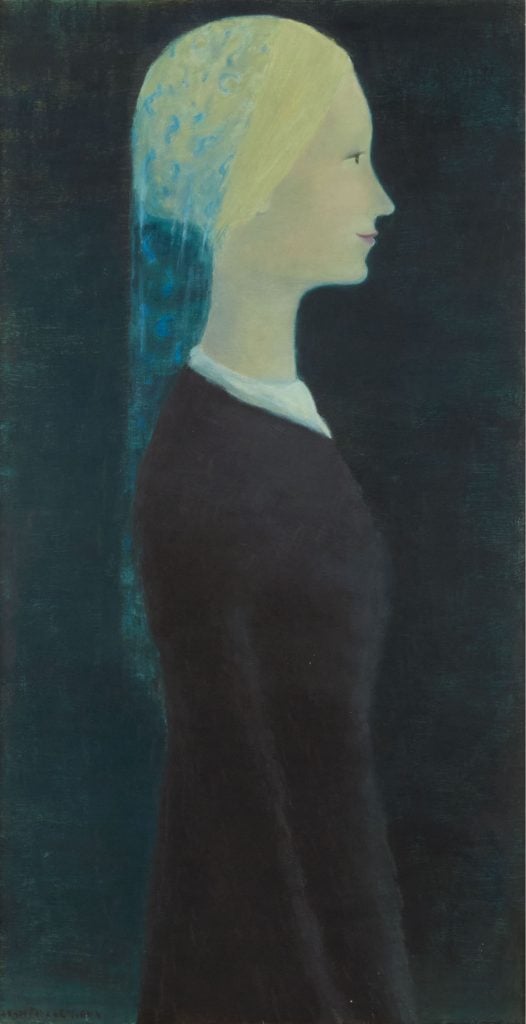
Jean Paul Lemieux, La Jeune fille au voile bleu (ca. 1962). Est. $150,000–$200,000 CAD. Courtesy of Waddington’s.
The above work is an example from the classical period of Jean Paul Lemieux (1904–1990), which is noted for the large number of portraits of imaginary sitters. Directly engaging with the flatness of the plane, the artist employed minimal perspectival elements and instead used nuanced color palettes and simple shapes to create ethereal, timeless images—as exemplified in Jeune fille au coile bleu (ca. 1962), which is slated to appear in a forthcoming catalogue raisonné of the artist’s work. The piece also speaks to the artist’s recurring engagement with religious themes. Raised Catholic, the sitter’s veil references Roman Catholicism, which requires all women to cover their head during mass.
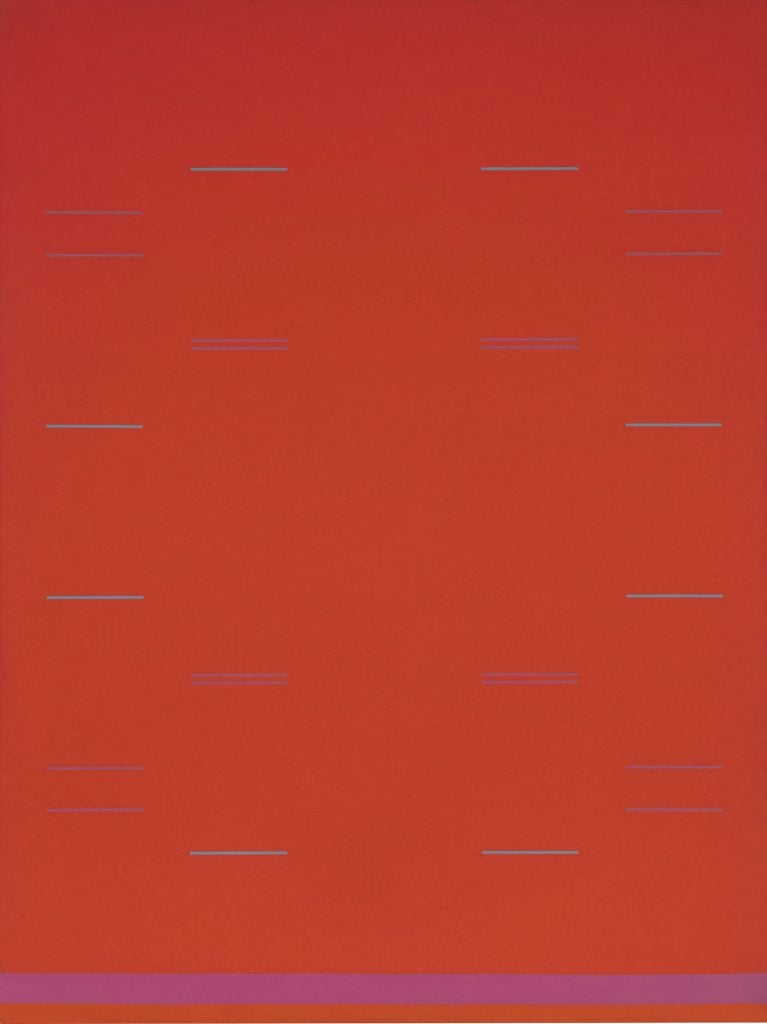
Yves Gaucher, Bonne fête, Raga (1967). Est. $25,000–$35,000 CAD. Courtesy of Waddington’s.
First exhibited at a solo exhibition in Montreal in 1967, which led to a color reproduction in Time magazine, Bonne fête, Raga by Yves Gaucher (1934–2000) is a testament to the artist’s graphic skill. His practice is perhaps best contextualized within the scope of hard edge painting and Op art, as he mastered the optical potential of juxtaposed colors and ambient lighting. Frequently inspired by music, with “Raga” referencing the artist’s passion for Indian music, his compositions convey a sense of pulse and movement through their meticulous execution and bold color.
Waddington’s Inuit and First Nations Art and Canadian and International Fine Art auctions are live for bidding through May 29, 2024.